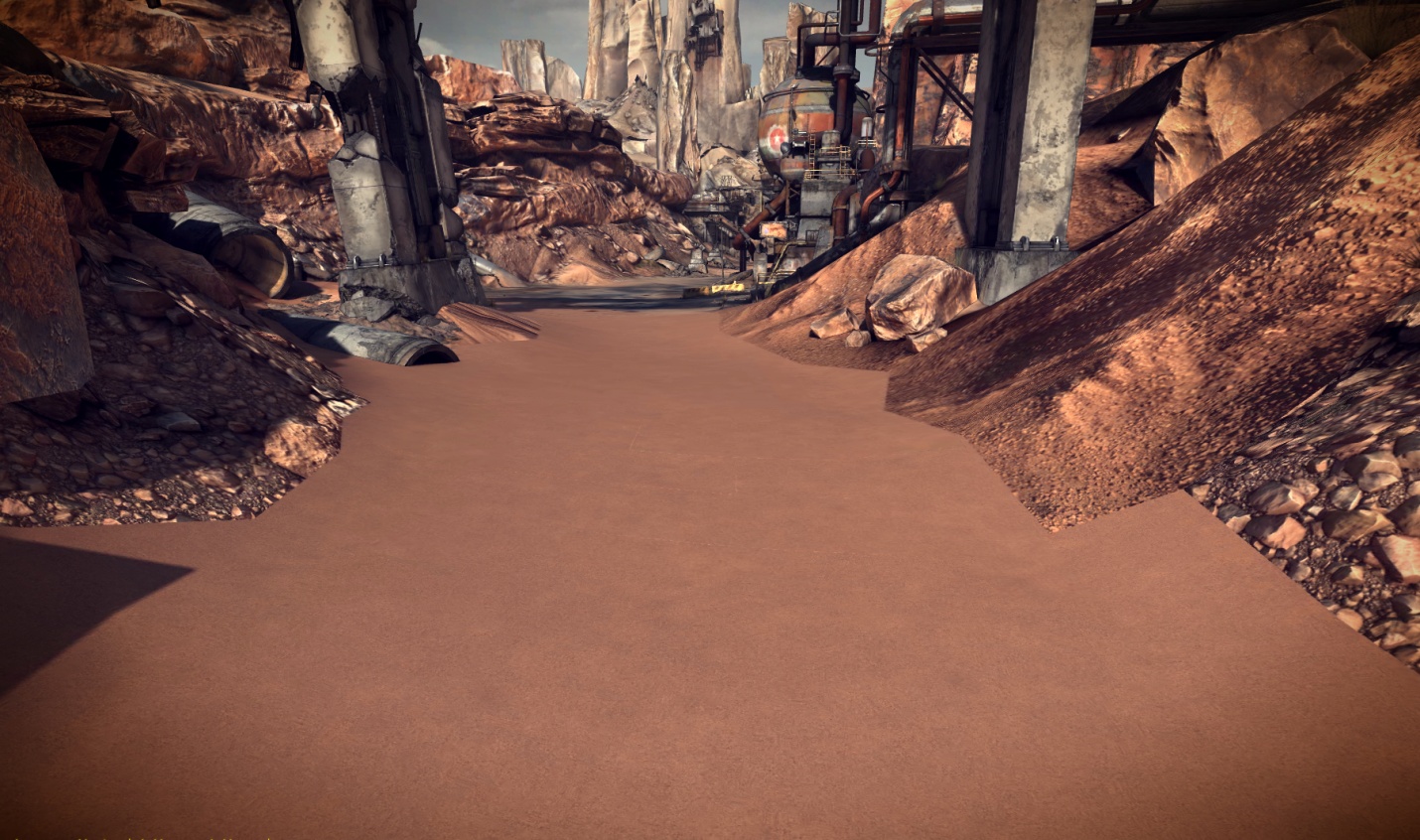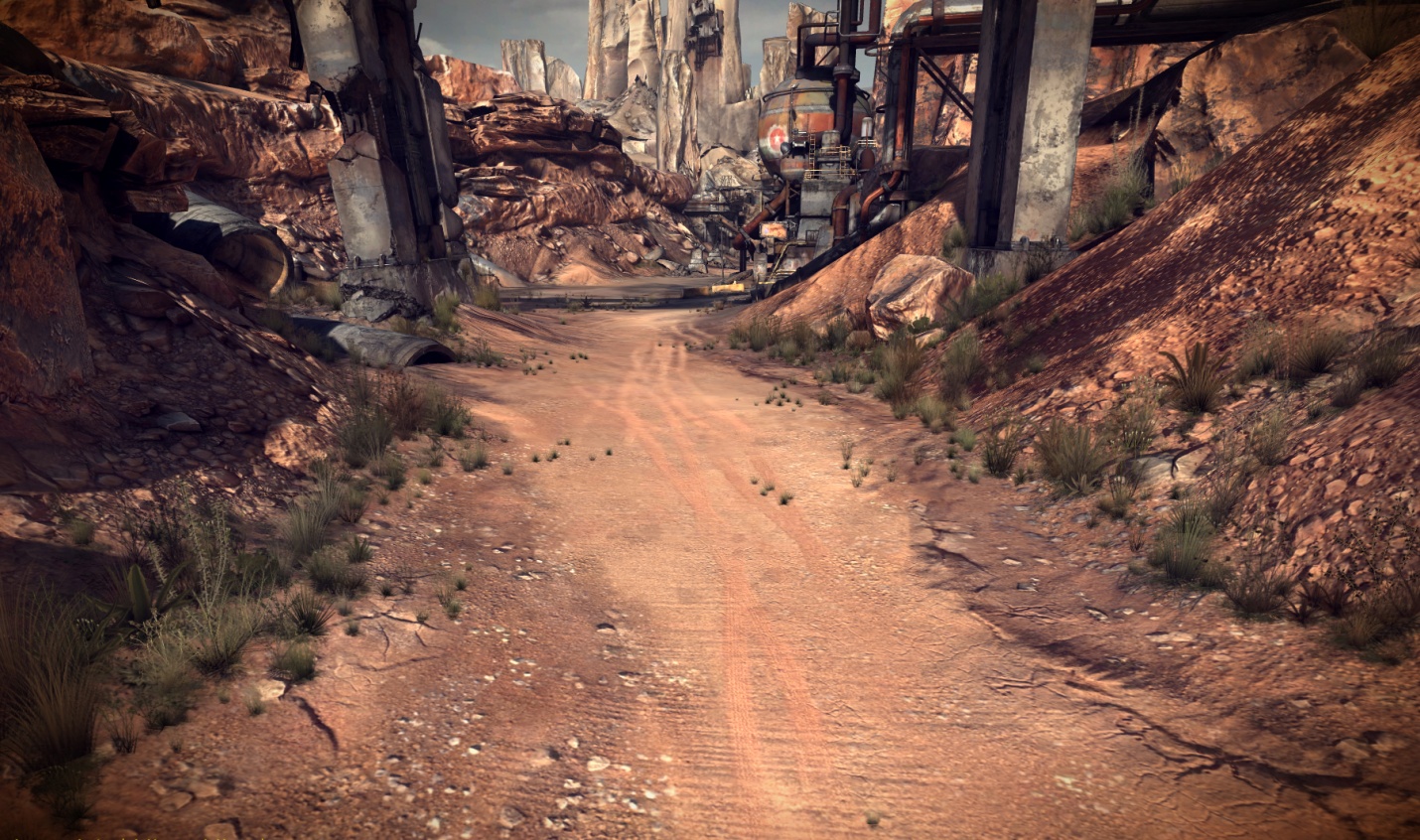Mega
editor
The Terrain/Stamp Editor or Mega Edit is one of the full-screen Tool windows available in idStudio. It is not for editing geometry, as that is the purpose of the WorldEditor. Rather, the purpose of the MegaEditor is to allow an artist or designer to load up a GameMap and add Tiles, Stamps, and Foliage to the MegaTextures to give the level a unique look, scrub out new game-play areas, cover up seams, and add texture detail.
The Tile Mode and Stamp Mode operations are only available if you have already built the map with a Unique Layout. The MegaTexture implementation was extended to work with *all* game geometry, not _just_ terrain, so the old name of this tool, Terrain Editor, is no longer used (but may still be found in code).
Please note that you can only modify one megatexture per instance of idStudio. Once you have opened one megatexture, to open another you must restart idStudio.


Tile Paint Mode
Tile painting is only available on megatextured terrain models. Terrain models are special models that have been processed with the "mt_makeMegatexture" command. After selecting a tile in the Tile Browser window, you can paint that tiled image anywhere on the terrain model. An unlimited number of tiling textures can be painted onto the model.
Stamp Mode
A stamp is a non-tiled image that is projected onto the level geometry. Stamps can be selected in the stamp browser, then scaled and rotated before placing. The image is directly baked into the megatexture, and you can specify to have the stamp modify the diffuse, bump, or specular channels only.
Foliage Mode
Foliage mode allows the artist to quickly place simple foliage models directly in the level. Foliage models are selected in the foliage browser and placed by dragging a paint cursor across a surface. The density and scale of the foliage models being placed is easily modified. Once the foliage is placed the artist can modify brightness, size, and other parameters quickly by dragging around a sizable paint head.
Photoshop Layers Analogy
The Mega Editor can be viewed as analogous to Photoshop, with the .land file being the .psd and the MegaTexture output being the .png output from Photoshop. The textures are applied in three basic layers, applied one on top of another, and stored in one or more .land files - depending on how many MegaTextures are contained in the GameMap:
- Layer 1 - Source Geometry Textures: This base layer is composed of the textures applied to the source geometry when imported into the WorldEditor, to be stitched together to create the initial MegaTexture. These SourceMaterials may be of very high quality, for the unique geometry often created from high-poly models and reduced to lower-poly models with bump maps through the RenderBump utility. For surfaces that will be almost completely overwritten with Tiles and Stamps, a simple solid or repeating texture may be used.
- Layer 2 - Tile Textures: These are stored as a regular grid of cells. Any cell containing tile textures will essentially replace the Layer 1 textures in the MegaTexture when it is next updated. A history of tile applications is not stored within the .land file, so edits are destructive to Layer 2 history (though they can be manually retrieved from source control, of course). While these cells are a regular grid and replace the Layer 1 textures, their effect on the MegaTexture is smoothed and blended at the edges to hide the grid structure to some degree and smooth the transition from the Geometry Textures. To remove existing Tiles to reveal the Source Textures, select the empty tile by middle-clicking a non-tile section of the terrain and scrub away.
- Layer 3 - Stamp Textures: While this final layer is created on top of the other two, you have full control over how much it modifies the final result of the texture operations that had occurred before the application of each stamp. In addition, overlapping Stamp Textures are, themselves, ordered in sub-layers of Layer 3. All Stamps Textures are stored, so they can be removed, edited or re-ordered as desired. Each texture may have varying alpha values, and the stamp, as a whole, can be modified before placement--making it more transparent, reducing or ignoring one or more of its diffuse/bump/specular components, resizing/rotating it, etc.
Editor Toolbars
Find details for the Mega Edit toolbars here.
